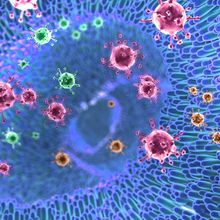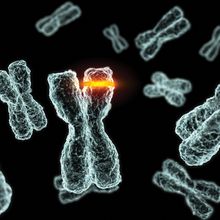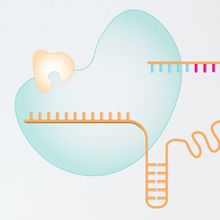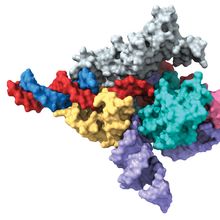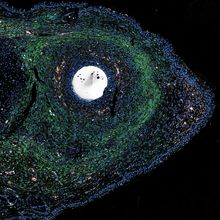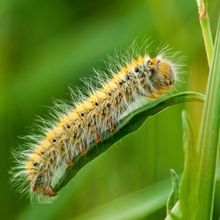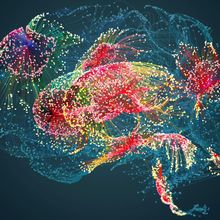Ida Emilie Steinmark, PhD
Emilie joined the Scientist as an assistant editor in 2023 after writing for publications such as the Guardian, Scientific American, and STAT. She has a degree in chemistry and a PhD in biophysics, but she enjoys writing about everything from ancient DNA to organoids. She lives in Brooklyn, where she can often be found searching for songbirds with her binoculars.

